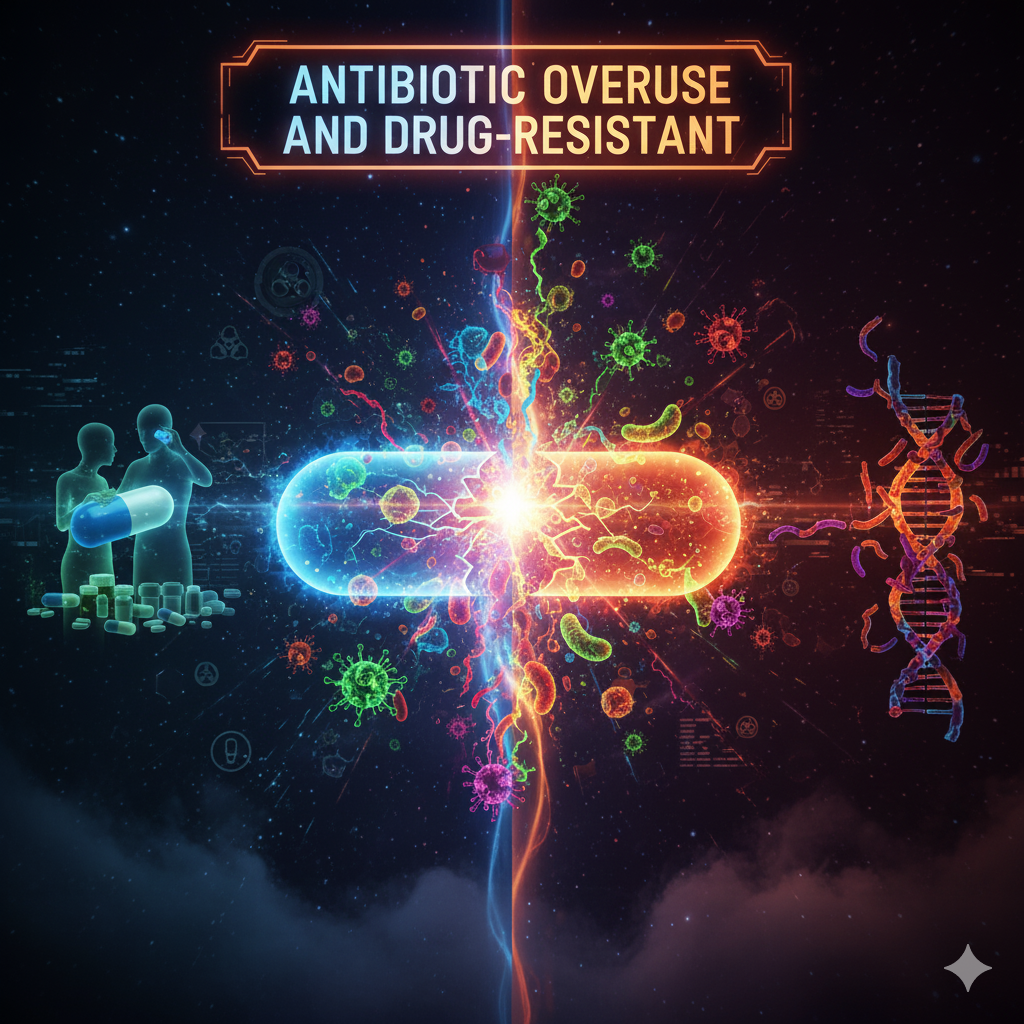Introduction
Agriculture forms the backbone of India’s socio-economic framework, contributing significantly to GDP and providing livelihood to nearly half of the country’s population. However, the sector is increasingly vulnerable to the impacts of climate change such as erratic rainfall, droughts, floods, and declining soil health. To address these challenges and promote climate-resilient, sustainable agricultural practices, the Government of India launched the National Mission on Sustainable Agriculture (NMSA) under the National Action Plan on Climate Change (NAPCC). A crucial component of NMSA is the adoption and promotion of modern agricultural technologies that enhance resource use efficiency, productivity, and environmental sustainability.
What is the National Mission on Sustainable Agriculture (NMSA)?
The NMSA, one of the eight missions under NAPCC (launched in 2010), aims to make Indian agriculture more productive, sustainable, and resilient to climate change while minimizing greenhouse gas (GHG) emissions. Formally operational since 2014-15, the NMSA focuses on integrated farming systems, soil health management, water-use efficiency, and livelihood diversification in farming.
Objectives of NMSA
- Promote Sustainable Agriculture: Encourage practices that improve soil health, water conservation, and crop productivity without harming the environment.
- Enhance Resource Use Efficiency: Optimize the use of inputs like water, energy, and fertilizers.
- Build Climate Resilience: Equip farmers to cope with extreme weather events and changing climate patterns.
- Livelihood Security: Improve the income and well-being of small and marginal farmers through technology-based interventions.
- Promote Agro-ecological Practices: Encourage organic farming, integrated nutrient management, and integrated pest management.
Major Components of NMSA
- Soil Health Management (SHM):
- Emphasis on balanced fertilization.
- Use of organic manure, compost, bio-fertilizers.
- Promotion of soil testing and micro-nutrient management.
- On-Farm Water Management (OFWM):
- Efficient water management techniques like drip and sprinkler irrigation.
- Rainwater harvesting structures.
- Micro-irrigation technologies.
- Rainfed Area Development (RAD):
- Integrated farming systems such as crop-livestock-horticulture combinations.
- Agroforestry and plantation models.
- Soil and water conservation measures.
- Climate Change and Sustainable Agriculture Monitoring:
- Monitoring and evaluation mechanisms to assess mission outcomes.
- Research projects to develop climate-resilient crop varieties.
Technology Adoption under NMSA
Technology adoption is the backbone of the NMSA strategy to promote sustainable agriculture. Various modern technologies are integrated into the mission’s components:
1. Precision Farming Tools
- GIS and GPS-based soil mapping to assess soil fertility.
- Use of sensors to monitor soil moisture and crop health.
- Variable rate technology (VRT) for site-specific nutrient and water application.
2. Climate-Resilient Crop Varieties
- Development and distribution of drought-resistant, flood-tolerant, and salinity-resistant seeds.
- Promotion of crop diversification and short-duration crops suitable for variable climates.
3. Efficient Water Management Technologies
- Drip irrigation systems for crops like sugarcane, cotton, and horticulture crops.
- Sprinkler systems to reduce water wastage in wheat and pulses.
- Rainwater harvesting structures to recharge groundwater and support irrigation during dry periods.
4. Renewable Energy in Agriculture
- Solar-powered pumps for irrigation reduce reliance on diesel and grid electricity.
- Promotion of biogas plants for clean energy and organic manure production.
5. Integrated Farming Systems (IFS)
- Combining multiple enterprises such as crops, livestock, fisheries, and agroforestry to ensure income stability.
- Technologies for protected cultivation like polyhouses and greenhouses.
6. Mobile and ICT Tools
- mKisan Portal and mobile apps for weather forecasts, market prices, and advisory services.
- Digital platforms for crop insurance, subsidies, and soil health cards.
7. Post-Harvest Technology
- Storage solutions to reduce post-harvest losses.
- Small-scale processing units for value addition at the farm level.
Government Initiatives Complementing NMSA
Several schemes and programs support NMSA’s technological focus:
- Pradhan Mantri Krishi Sinchayee Yojana (PMKSY):
- Promotes micro-irrigation, ensuring “Per Drop More Crop”.
- Promotes micro-irrigation, ensuring “Per Drop More Crop”.
- National Agricultural Market (e-NAM):
- Online trading platform for transparent and remunerative farmer sales.
- Online trading platform for transparent and remunerative farmer sales.
- Soil Health Card Scheme:
- Disseminates detailed soil fertility data to farmers for rational fertilizer use.
- Disseminates detailed soil fertility data to farmers for rational fertilizer use.
- Sub-Mission on Agricultural Mechanization (SMAM):
- Subsidizes modern farm machinery including solar pumps, rotavators, and precision seeders.
- Subsidizes modern farm machinery including solar pumps, rotavators, and precision seeders.
- National Adaptation Fund for Climate Change (NAFCC):
- Supports climate-resilient projects in vulnerable regions.
Benefits of Technology Adoption under NMSA
| Benefit | Impact on Agriculture |
|---|---|
| Increased Productivity | Adoption of high-yielding, resilient crops increases farm output. |
| Resource Efficiency | Drip irrigation and precision nutrient management reduce wastage. |
| Climate Resilience | Farmers better withstand floods, droughts, and extreme weather. |
| Environmental Sustainability | Reduced chemical usage lowers soil and water pollution. |
| Income Stability | Integrated farming diversifies income sources, reducing risks. |
| Employment Generation | Promotes rural entrepreneurship in agri-tech and renewable energy. |
Challenges in Technology Adoption under NMSA
1. High Cost of Technology
- Small and marginal farmers find it difficult to afford drip irrigation systems, solar pumps, or polyhouses despite subsidies.
2. Limited Awareness
- Many farmers are unaware of the latest technologies or schemes like the Soil Health Card or mKisan.
3. Lack of Infrastructure
- Poor rural connectivity limits the effectiveness of digital platforms and mobile advisory services.
4. Inadequate Extension Services
- Shortage of trained personnel to educate farmers on using new technologies efficiently.
5. Fragmented Landholdings
- Small plot sizes make large-scale mechanization and precision farming difficult.
Solutions to Enhance Technology Adoption
- Strengthening Extension Services:
- Regular farmer training, demonstrations, and exposure visits to successful farms.
- Regular farmer training, demonstrations, and exposure visits to successful farms.
- Public-Private Partnerships (PPPs):
- Collaborations with agri-tech startups to promote affordable technologies.
- Collaborations with agri-tech startups to promote affordable technologies.
- Custom Hiring Centers (CHCs):
- Enable farmers to rent expensive machinery at nominal rates.
- Enable farmers to rent expensive machinery at nominal rates.
- Digital Literacy Campaigns:
- Educate farmers on using apps, portals, and ICT tools for better decision-making.
- Educate farmers on using apps, portals, and ICT tools for better decision-making.
- Financial Support:
- Easy access to credit, soft loans, and increased subsidies for sustainable technologies.
NMSA and Sustainable Development Goals (SDGs)
- SDG 2 (Zero Hunger): By improving productivity and farmer incomes.
- SDG 6 (Clean Water): Through efficient irrigation technologies.
- SDG 7 (Affordable Clean Energy): Promotion of solar and biogas energy.
- SDG 12 (Responsible Consumption and Production): By reducing input wastage and pollution.
- SDG 13 (Climate Action): Through climate-resilient agricultural practices.
Future Prospects of NMSA and Technology Adoption
- AI and Big Data in Agriculture:
- Predictive analytics for crop planning, pest control, and yield estimation.
- Predictive analytics for crop planning, pest control, and yield estimation.
- Drones and Satellite Imagery:
- Real-time crop monitoring and precision agriculture practices.
- Real-time crop monitoring and precision agriculture practices.
- Blockchain in Supply Chains:
- Ensuring transparency and traceability from farm to fork.
- Ensuring transparency and traceability from farm to fork.
- IoT-Enabled Smart Farms:
- Remote monitoring of soil moisture, weather conditions, and crop health.
- Remote monitoring of soil moisture, weather conditions, and crop health.
- Scaling Integrated Farming Systems:
- Wider adoption of diversified farming models to enhance resilience.
Conclusion
The National Mission on Sustainable Agriculture (NMSA) represents a visionary step towards transforming Indian agriculture into a climate-resilient, resource-efficient, and sustainable sector. Through the integration of modern technologies—such as precision farming, renewable energy, ICT tools, and climate-resilient crop varieties—NMSA seeks to enhance productivity while ensuring environmental conservation and livelihood security for millions of farmers.
While challenges related to cost, awareness, and infrastructure persist, ongoing government initiatives, increasing private sector involvement, and the rise of agri-tech innovations are paving the way for a technology-driven agricultural revolution in India. If effectively implemented, NMSA has the potential to realize the vision of doubling farmers’ incomes and achieving food and nutritional security in a changing climate.
Summary Points
Future prospects lie in AI, IoT, drones, and smart farming technologies.
NMSA is a flagship program to promote climate-resilient, sustainable agriculture in India.
Focus areas include soil health, water use efficiency, rainfed area development, and climate monitoring.
Technology adoption involves precision farming, renewable energy, ICT tools, and integrated farming systems.
Benefits include higher productivity, climate resilience, resource efficiency, and improved farmer livelihoods.
Challenges like high technology costs and limited awareness require targeted government and private sector efforts.




